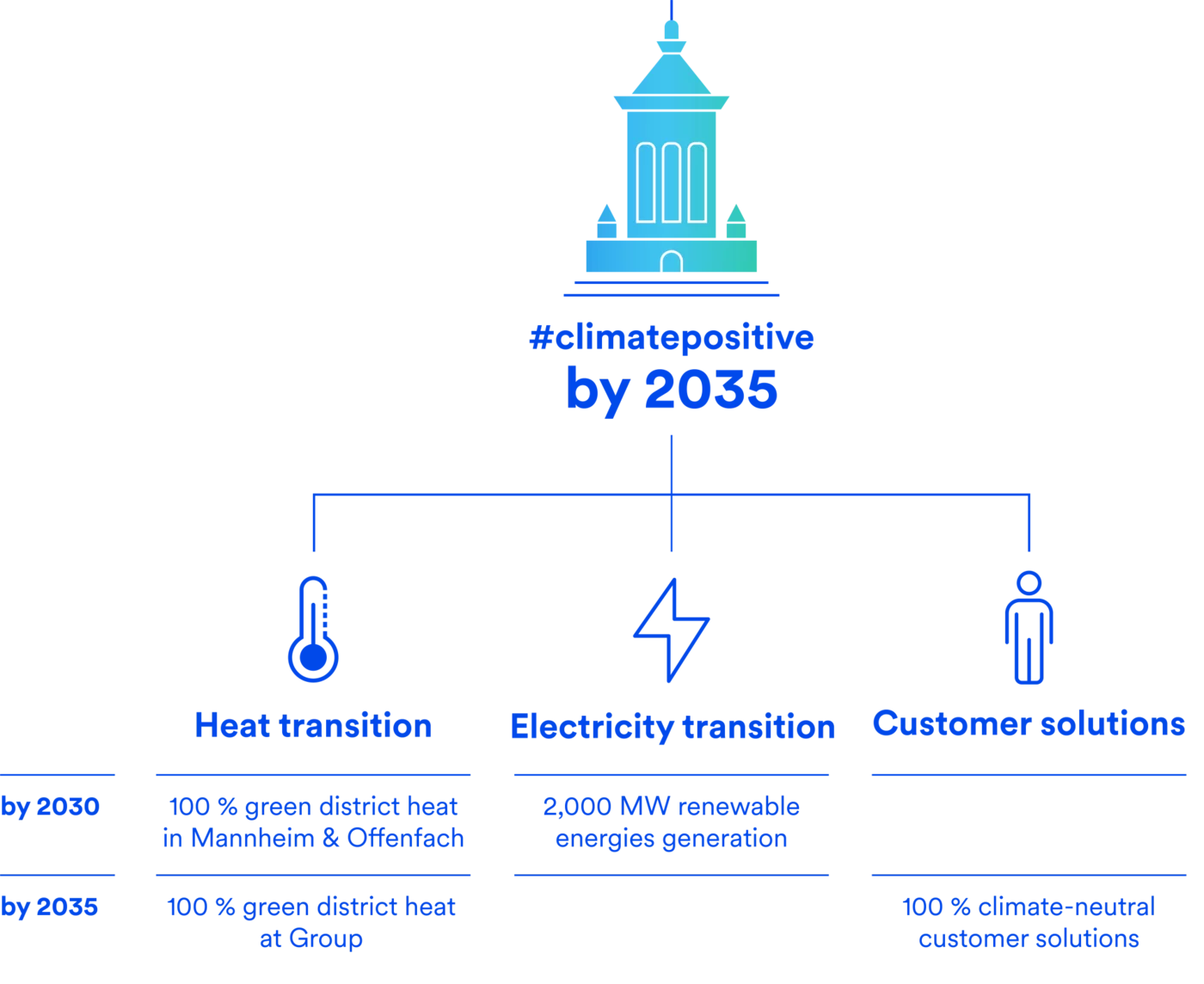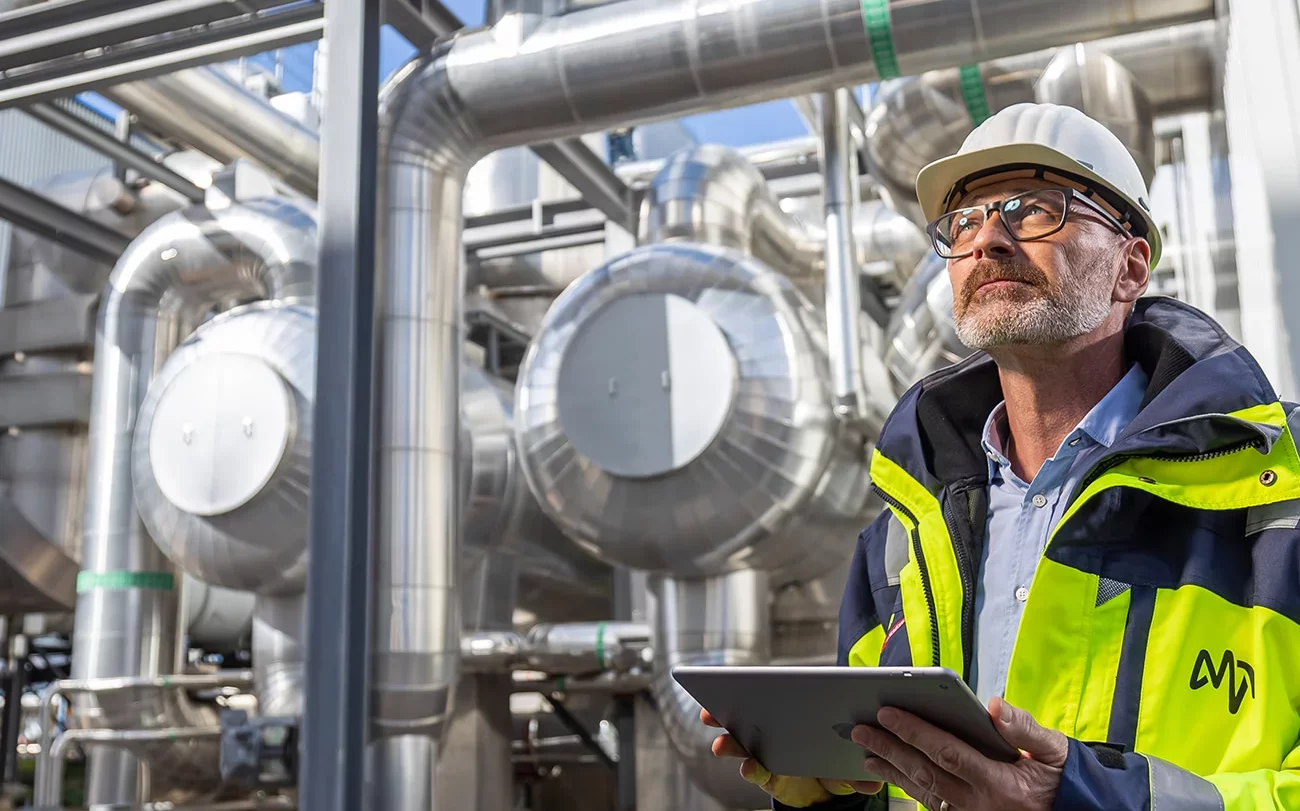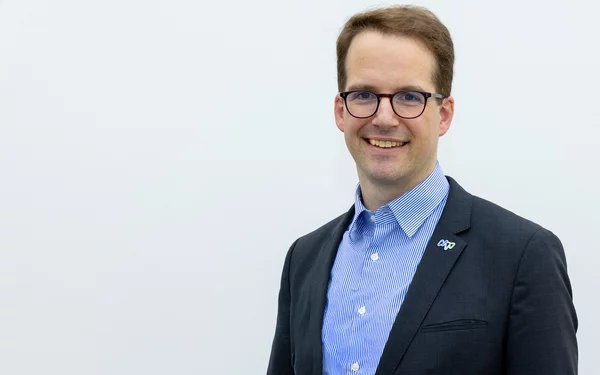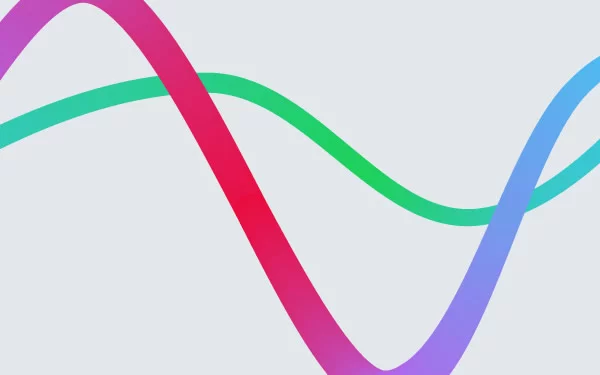Climate protection is a fixed component of our corporate strategy
We will become #climatepositive – as one of the first energy companies in Germany
Our energy supply has to be climate friendly and environmentally friendly. It also has to be reliable and affordable. That is why we have been working on the energy system of the future for many years already. We acted early to prepare our company to play an active role in shaping this transformation. Our climate protection strategy is a fixed component of our corporate strategy. It therefore plays a key role in determining how we allocate our investments and in MVV’s further development. With our Mannheim Model and its three aspects of the heat transition, the electricity transition and customer solutions, we are the first energy provider in Germany to have developed a pathway enabling us as a company to become #climatepositive.
Our #climatepositive course has been validated and certified as net-zero compatible by the Science Based Target initiative (SBTi). Based on the strictest scientific standards, this validation was received for our climate protection targets in 2021 already, with the measures thereby derived being certified in 2022. We were the first energy company in Germany, and one of the first worldwide, to receive this certification.
More tempo thanks to enhanced Mannheim Model
We are convinced that the energy transition is not only possible in technical terms, but also economically viable. Our success in implementing the energy transition to date has encouraged us to update our strategy and significantly raise our climate protection ambitions. We will become #climatepositive by 2035, five years earlier than originally planned. We will exploit all available potential to implement the energy transition, and thus achieve genuine climate protection, with all our strength and increased tempo.
Our Mannheim Model provides the framework for our even faster and even more focused course to becoming #climatepositive. To this end, we are pursuing ambitious climate protection targets across all components of the Mannheim Model:

We will shrink our overall carbon footprint to net zero and become #climatepositive by 2035
One interim step as we head for a #climatepositive future by 2035 involves reducing our entire carbon footprint to net zero. We include all sources of greenhouse gases in our climate balance sheet. That means we also include emissions in our upstream and downstream supply chains, as well as at our shareholdings.
In parallel, we are pressing ahead with projects that will enable us to actively remove CO2 from the atmosphere and permanently bind or store it. This will make it possible for us not only to offset our own unavoidable residual emissions but actually to achieve negative overall emissions. This way, we will become #climatepositive by 2035.
Our Mannheim Model provides the framework for our #climatepositive course.






